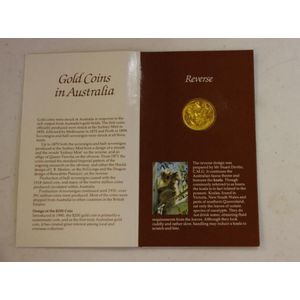Regency Gilt Mirror with Eagle Crest and Shell Drop
You must be a subscriber, and be logged in to view price and dealer details.
Subscribe Now to view actual auction price for this item
When you subscribe, you have the option of setting the currency in which to display prices to $Au, $US, $NZ or Stg.
- Ebonised - Timber that has been stained or lacquered black in imitation of ebony. The process has been used since the Renaissance, but is most commonly found in late 19th century furniture, sometimes gilded and turned in imitation of bamboo. Furniture with an ebonised finish is not currently in vogue, and this is reflected in the price for such pieces.
- Regency Period - The Regency period in English furniture design refers to the period when King George III, was declared unfit to rule in 1811, and his son ruled as proxy as Prince Regent, until 1820, and then, after the death of his father as George IV until his death in 1830. The Regency period was preceded by the Georgian period (George I, George II, and George III: 1714 - 1811), and was followed by the William IV period, which only lasted until 1837 when William IV died as was succeeded by Queen Victoria.
- The Eagle - The eagle has been a symbol of power, victory, and strength for centuries. It is often associated with bravery, prowess, and dominance, and has been used as a symbol by many cultures and civilizations throughout history.
In ancient Greece, the eagle was associated with the god Zeus, who was considered the king of the gods and the ruler of the skies. In many cultures, the eagle was seen as a messenger between the physical world and the spirit world, and was associated with the sun and the sky.
In the Roman Empire, the eagle was the symbol of the Roman army, and was displayed on the standards of the soldiers to show the power and authority of the empire. In medieval Europe, the eagle was used as a symbol of power and victory by monarchs and rulers, and was often depicted in art and architecture as a symbol of strength and courage.
In modern times, the eagle continues to be a symbol of power, victory, and strength. It is often used as a symbol by nations and organisations, and is frequently depicted in art and on monuments to commemorate important events and achievements.
The eagle's powerful appearance, combined with its association with freedom, courage, and dominance, makes it a popular and enduring symbol of power and victory.
This item has been included into following indexes:
-
mirrors, wall, period, age or style
- circular convex 103
- convex 126
Visually similar items

A rare eastern Thai standing bronze Buddha, circa 14th century, probably Lopburi, well cast, the gaze downcast, hands held up in front in abhaya mudra, good old patina, 30 cm high

A Yaozhou ware shallow bowl, Jin Dynasty the centre moulded with a flower scroll, within band of lotus petals, olive green glaze, fitted box, 4.5 cm high, 14.8 cm diameter. Provenance: Hong, Hsi Lin Antiques Taipei, early 1980's

De Sede pair of armchairs, tan leather, reclining, Switzerland, c. 1970s, 85 cm high, 85 cm wide, 85 cm deep

Australian 1984 $200 gold coin, uncirculated
